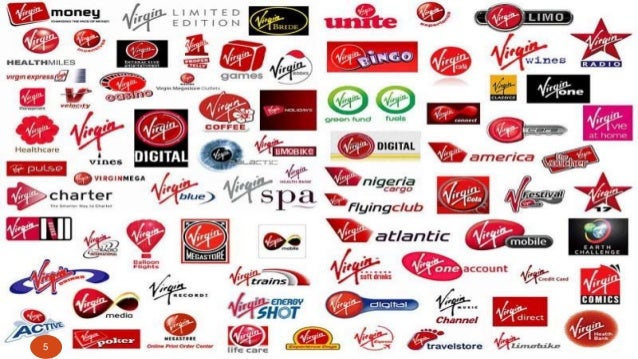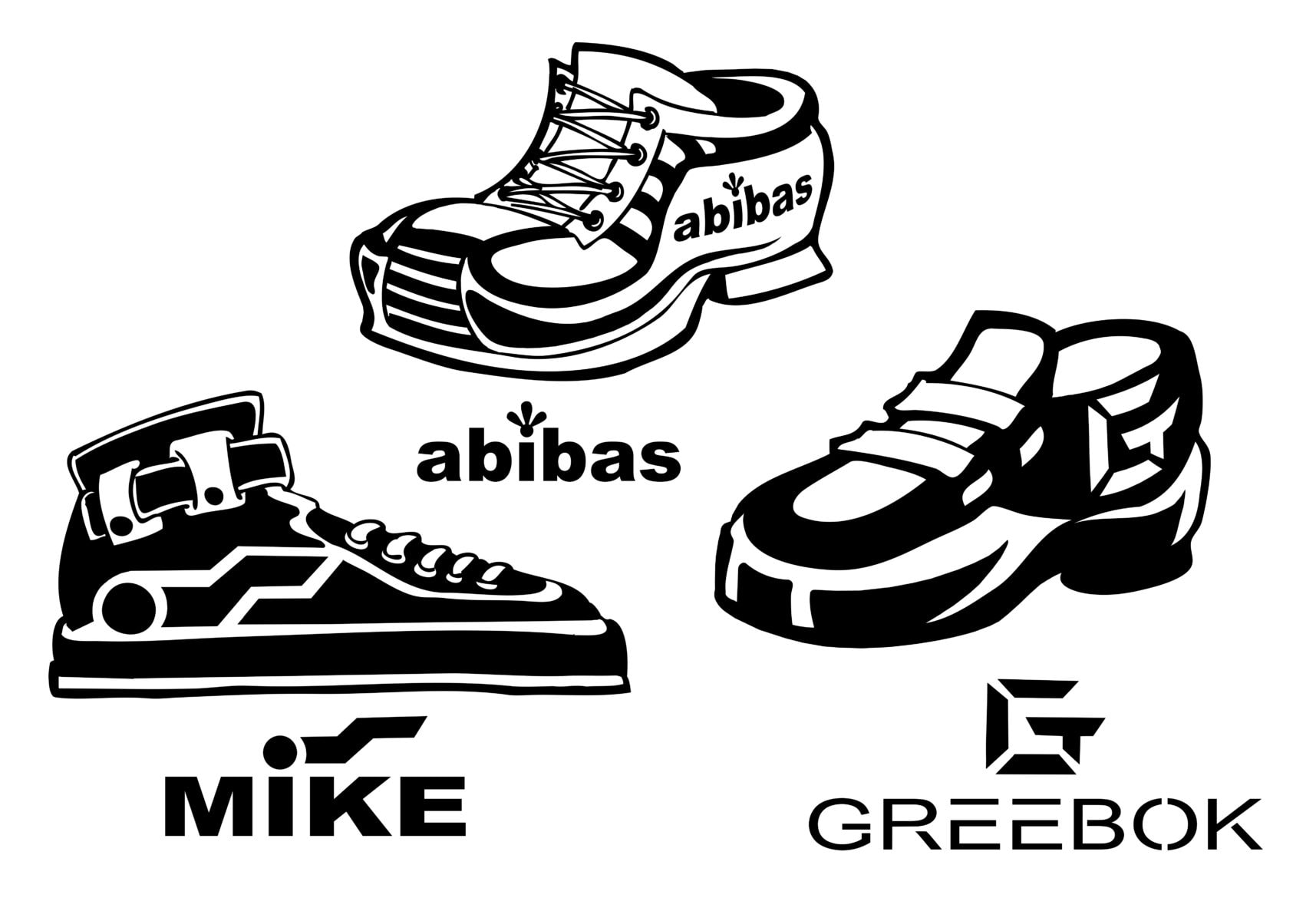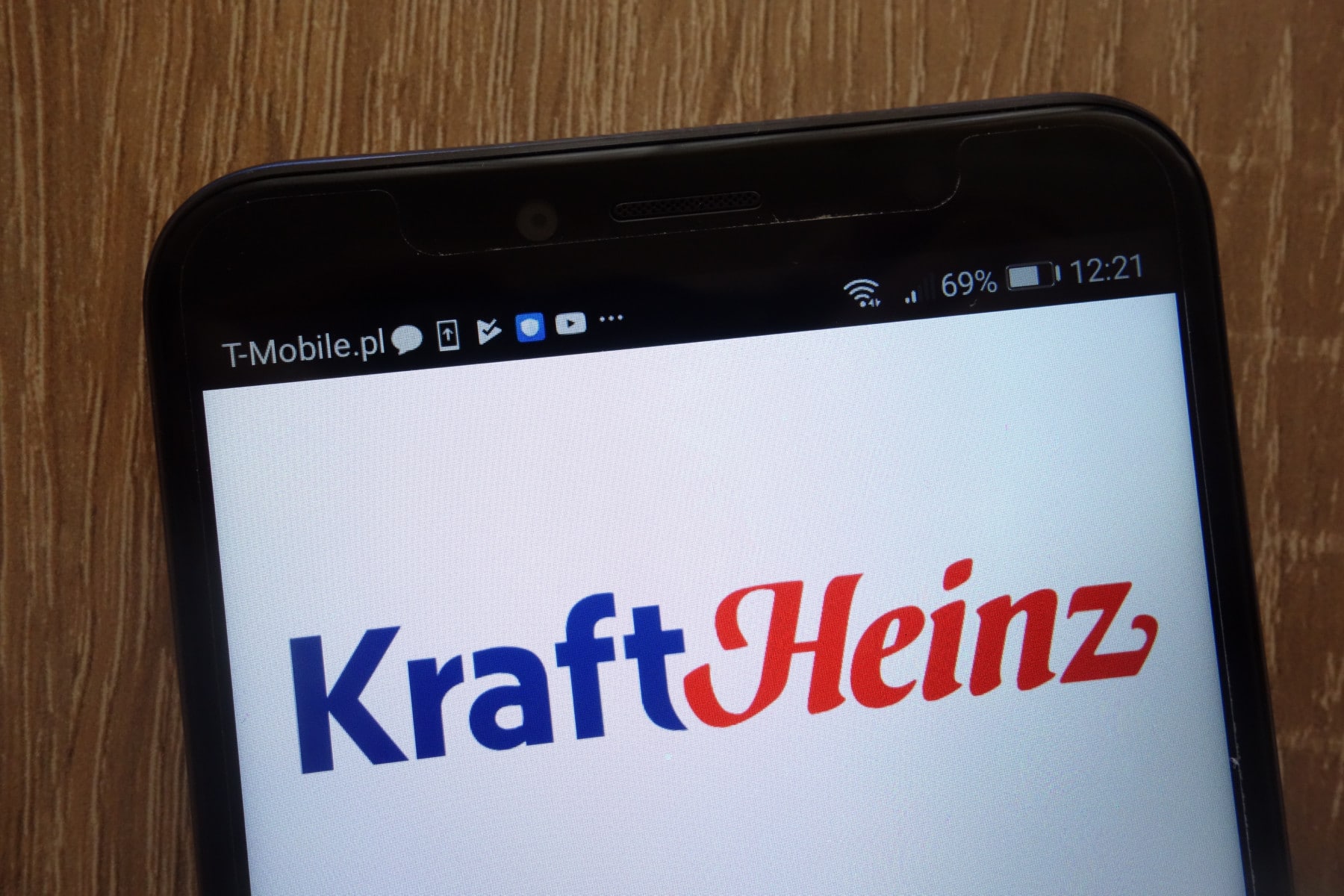In this piece, we will again dive deeper into the question that we love to answer most - why should I value my brand?
In my last article Why Should I Value My Brand? 6 Strategic Applications for Brand Valuation, I went into detail on the strategic applications for brand valuation. While brand valuation can be used to model the impact of future brand strategies on overall business value, there are also many reasons to value a brand at a point in time. Here, we explore six of the most common reasons to do so.
Make your brand's business case. See our consulting services to find out more about what we do to help communicate a brand's success.
The following applications range from technical to applied, from marketing to finance, and everywhere in between:
1. Brand Impact Analysis
The most fundamental reason to conduct a valuation analysis is to find out how brands - that is, trademarks and their associated intellectual property - improve the financial performance of a business. Brands do this by impacting the perceptions that customers, employees and other relevant stakeholders.
Finding out how brands contribute to revenue and profit and how their value stacks up in comparison to other assets is a fundamentally important piece of knowledge to glean for various reasons. Through our rankings of the world's most valuable brands, we have found that brands consistently make up 20%-25% of the value of listed companies. This figure differs by type of business, industry, segment, stage of life and many other factors so it's important to analyse specific brands and on a segmented basis to glean out all the relevant information.

And it is relevant for many reasons.
One principal reason is education. Many boards are simply unaware of the benefit that brand building can make to your business. Demonstrating these effects can help build support for new measures to further strengthen the positions of brands in decision-making.
Read our article - Brand in the Boardroom, Your Most Valuable Asset - to learn more about how best to effectively communicate your brand across the executive levels of your organisation.
Another reason is to benchmark your brand against its competitors, and through that process gain insight into its performance. Knowing how much your brand impacts your business and why, and how this compares to other brands over time, can help guide brand management in the direction of the most value-generating activities.
The final reason is for income allocation and investment planning. Knowing how much a brand is contributing to a business and from where enables the internal brand team to be compensated adequately for their work. This team will then be in a much better position to reinvest in segments, countries and products that will generate the highest return in the future, maximising brand value.
2. Tax & Transfer Pricing
‘Transfer pricing’ refers to the practice of pricing transactions between companies within a commonly controlled group. The concept is originally a management accounting one, used by companies to ensure that individual divisions profit maximise in the absence of a true market for what they buy and sell – this true market not existing since the common control gives incentives to buy internally.
Brands and other IP are assets that one party owns, and another uses. In any third-party transaction, the user would usually be expected to pay the owner for the privilege of use. Internally, the use by one group company of IP owned by another group company would therefore be a transaction just like any other and is usually covered by a licence agreement.
A profit-seeking brand owner and its profit-seeking brand user counterpart would both aim to maximise the return they receive from the deal partly through forceful negotiation but also through the professional management of processes for developing, protecting and exploiting the value inherent in its brand.
Virgin, which owns its brand in a separate subsidiary, is a particularly clear case in point. Virgin does not own majority stakes in most of its companies. Instead, it operates a minority stake and brand licence model where management identifies opportunities that will maximise royalties to the brand-owning company, while also developing and enhancing the brand to promote its other enterprises.

It expects its licensees to invest in substantial amounts of advertising, PR and other types of promotion but keeps strategic control of the brand’s positioning and direction firmly under the remit of its brand owning subsidiary.
Tax authorities are increasingly recognising these obvious value dynamics for brands and the need to capture the value they create for the benefit of their treasury. Valuing brands to take account of this new fiscal compliance is therefore often essential.
Brand Valuation 101
How We Value Brands in Our Annual Rankings
Our Vision for Improving Brand Valuation
6 Strategic Applications for Brand Valuation
3. Brand Damages & Litigation Support
As will generally be known, Trade Marks (or Trademarks, depending on which side of the Atlantic you reside) relate to the signs, symbols, words, shapes, colours and other signifiers that identify a product or service, allowing the public to clearly and precisely the subject matter of what they are procuring or using. They are therefore the legal manifestation of what would generally be called “brands”.
Across the world, there acts prohibit the infringement of trademarks, their unfair damage and their dilution (i.e. acts which negatively impact on their distinctiveness). Damage to a brand might have been caused for a variety of reasons with the following being the most common: libel, slander and defamation; improper use of the marks in question; and confusion created by the use of an unlawfully similar mark.

The US Trademark Act (also known as the Lanham Act), the Trade Marks Act in the UK and many other similar laws around the world allow the damaged party recourse to damages for some combination of the defendant’s profits, the damaged party’s lost profits and the cost of any legal action.
In order to calculate these damages, some kind of brand valuation exercise is necessary. This might include royalty rate analyses, lost profits analysis, unjust enrichment calculations, corrective advertising calculations for example. In some cases, the business analyst may even need to recreate a hypothetical licencing or business structures to justify the "what-if" scenario without the damaging behaviour.
4. M&A Due Diligence
Many companies boast impressive track records in M&As, however, precedence is almost always given to the “hard” factors, which relate to the financial, legal and economic features of the deal.
The brand is one of the most valuable strategic assets a company owns, yet often it is overlooked and remains an afterthought in deal situations, even in the world's biggest companies. However, examining and analysing brands for due diligence can provide comfort to organisations acquiring companies brands and other intangibles by answering some of the following questions:
- Are we buying a good brand?
A brand evaluation process, identifying how well a brand is known and perceived compared to its competitors can help buyers determine how resilient demand will be and how much growth to expect.
- Having acquired a new brand, what would be the implications of rebranding it?
It can be important to quantify the strength and value of the brand being acquired to assess both the positive and negative implications of integrating, merging or rebranding a target brand.
In fact, Brand Finance’s Global Rebrand and Architecture Tracker (GReAT) report highlights that there can be significant volatility in returns depending on the quality of the rebranding process and the timing of the transaction. It is therefore important to analyse trends and market research to predict the ideal timing for transactions as well as brand transitions.
- How do we show our investment committee potential brand uplift?
Valuations can also help identify any uplift in value and potential licensing and extension opportunities, given the strength of perceptions of the brand and its legal protection in potential categories and markets.
5. Fair Value Exercises
Under the accounting standard IFRS3, in force since 2003, companies using IFRS (which includes all publicly traded European companies) are compelled to value all of the intangible assets of any company they acquire – including brands. Every year, the acquired assets have to be reviewed in case there should be an impairment to their value. In the US and other jurisdictions, the rules are also very similar in function.
Unfortunately, general practice has often been to misvalue intangible assets under this standard. It is usually in the interest of finance directors to reduce the value of identified intangibles and increase the share of value attributable to Goodwill. It is also sometimes seen as a box-ticking exercise by many resulting in poorly done valuations with little depth of data or analysis.The folly of treating it this way is shown well with the cases of both Carillion – an outsourcing firm – and Kraft Heinz – a consumer goods firm.
For Carillion, inappropriate determination of the value of acquired intangible assets and a reluctance to impair them led to a total misrepresentation of their performance, and ultimately bankruptcy.

When Kraft Heinz was purchased by the private equity firm 3G, the acquirer took the view – as it has on a number of other occasions – that the primary area to add value would be through cost synergies. 3G expected to create massive savings by cutting back on marketing and product innovation since the brands were strong (when they were bought) and in a stable market.
As the winds of the industry changed and it became more competitive, Kraft Heinz’s brands have weakened and been outcompeted by new entrants. Not valuing its brands properly led to misinvestment which has now led to massive loss of business value – in this case, a $15bn impairment, the biggest impairment in corporate history1.
These are examples of where things have gone spectacularly wrong. The problem of misinvestment is likely hampering all business’ performance on a smaller scale. However, where done thoughtfully and regularly, brand valuation and the valuation of other intangible assets can be a powerful tool for measuring the performance of investments and ensuring that value is maintained and improved.
6. Investor Reporting
Over 100 businesses use our in-depth reports every year to identify how brand value and strength is changing, and over 300 brands report our valuations in their annual reports. Even more, businesses use other providers so the use of brand valuation is endemic among marketing and brand departments worldwide and growing in importance.
Although there are movements that may lead to changes in accounting rules, for the time being internally generated intangible assets (including brands) cannot be put formally into a company’s financial accounts. However, they can be placed as notes to the accounts and within the background information included in the written copy in the main body of annual reports.
Survey after survey of finance, marketing and investor research professionals, we have found that there is strong demand for more information to be provided on the strength and value of intangible assets. With adequate information on the value of brands and other intangible assets, investors are able to much more clearly identify what lies underneath the overall business value and justify the assumptions they are making about future performance.
For example, Ferrari promoted Brand Finance’s brand valuation and strength analysis in their investor prospectus for their IPO in 2015 in order to highlight the fact that it was a luxury and lifestyle brand capable of transcending category while maintaining demand and price for its cars. Judged by their price to earnings multiple and the growth in the value of their shares, it seems to have helped their success.
Conclusions
What shouldn't be lost sight of is that the brand exists to differentiate and elevate your business. Measuring and valuing its performance should be done with the intention of understanding how you can leverage one of your most important assets to further your business goals, in the short and long term.

